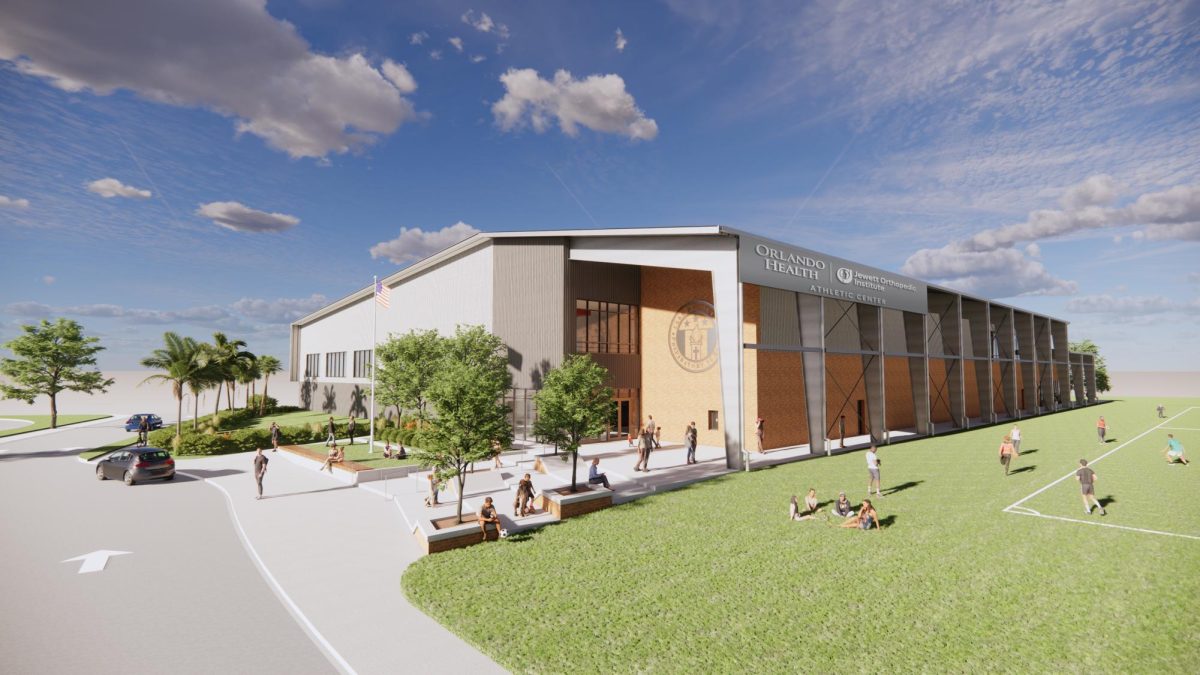“Since 1970, only two states – Texas in 2003 and this year, and Georgia in 2005 – have voluntarily redrawn their congressional maps between censuses for partisan advantage,” according to pewresearch.org. In late August this year, Texas Republicans upended this long-standing statistic with their successful redistricting of the state’s congressional territories. However, their actions were not left unnoticed. In a direct response to this bold political move, California Democrats passed a group of three redistricting bills with similar intentions to those of Texas. The most glaring difference between the two situations is that they each strive to benefit a different political party, but one may argue that the differences in their purposes run far deeper than that.
The overarching goal of both redistricting plans is to gain more congressional seats in hopes of having a stronger influence on the results of the 2026 midterm elections. What makes Texas’ redistricting plan stand out so much is that President Donald Trump himself blatantly urged Republicans to push for the change to be made. In doing so, he was poised to gain a total of five more congressional seats, arguably manipulating the upcoming election to favor his presidency and the Republican Party. One source of the skepticism that lies behind the governments’ approval of Texas’ plan to redistrict is that, in doing so, the institution has permitted the abuse of a foundationally Democratic system. However, one could present a similar argument for California’s redistricting actions. Mrs. Stacy Efstathiou, AP United States History teacher, explained the potential argument, “That these sorts of gerrymandering decisions can reduce voter efficacy and that in turn reduces voter turnout.” In the case of California, lawmakers’ redistricting actions look to secure an additional five seats for the benefit of the Democratic Party, arguably to balance out those of Republican-dominated Texas.
Historically, California has always been one of the United States’ most Democratic entities. Its size and extensive national influence render its involvement in this controversial political battle extremely important because it is possibly one of the only states that has the power to take Texas on. During a signing ceremony of California’s redistricting plans, California Governor Gavin Newsom stated, “We’re giving the American people a fair chance…Because when all things are equal, we’re all playing by the same set of rules,” reported by cnn.com. Going off this statement, one may find California’s plans less frightening than those of Texas. A widely accepted argument of those who support the Democrats’ plan is that they were created in hopes of maintaining honest equilibrium in the House of Representatives.
When connecting the motives of each state with its efforts to redistrict, one may find that Texas is in a far more precarious position than California. One purpose of Texas redistricting that California did not share was the intention of suppressing minority groups’ votes. When asked to share his historical opinion on this issue, Mr. George Clemens, AP European History and AP Government teacher, detailed how, “Race-based gerrymandering was declared unconstitutional but not until 1993. But it is rather easy to use redistricting for racial exclusion. All you have to do is claim that it is for political leverage.” If the redistricting plan of Texas is successfully implemented into law and Congress, the impact of both African American and Latino votes will diminish greatly. A concrete connection can be drawn between these people, their tendency to vote democratically, and how that would affect Republicans and the President in the midterm elections.
In situations like these, one must consider that the value of Democracy, and an honest government, is more important than the distinction between political parties as either right or wrong. Mr. Andrew Prazeres, AP Human Geography teacher, expertly captured this idea by emphasizing how, “Redistricting can either build trust in a Democracy or undermine it.” As of now, one could argue that the Democratic government of the United States is on the line. As tensions rise between the right and the left, many minority groups are, in fact, feeling undermined, and with that comes a lack of trust in the government. On the opposing side are the individuals arguing that two rights don’t make a wrong and that, by participating in redistricting itself, California is just as much at fault as Texas is. By meeting fire with fire, California and Texas have brought the United States government to yet another crossroads. Only time will tell how these events will shape the nation in the years to come.












































